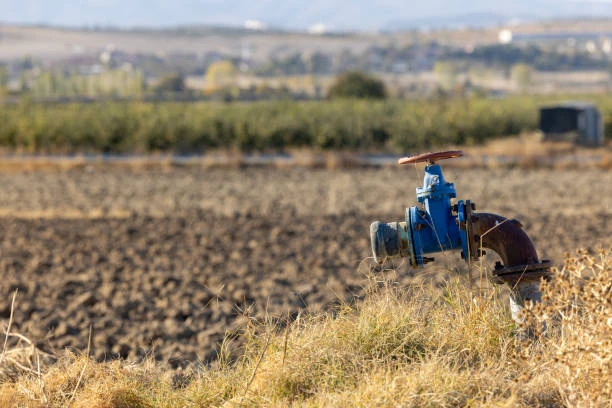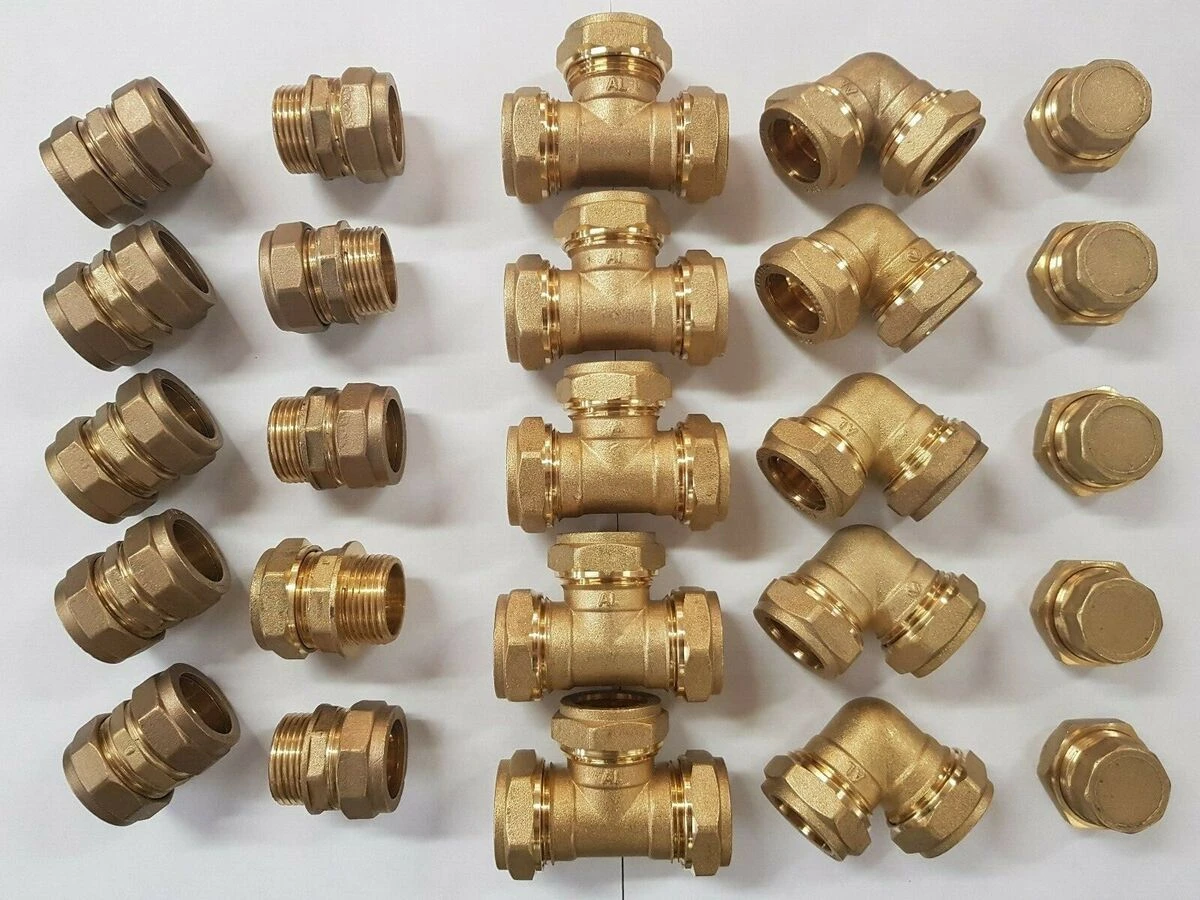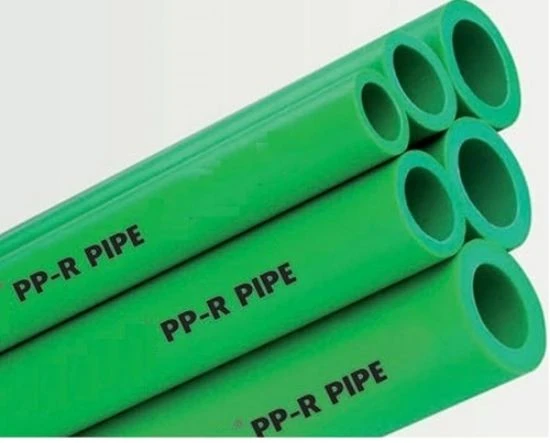The Kalaloch area faced a major water service disruption recently when a critical valve fails in the water distribution system. This unexpected failure caused a drop in water pressure, leading local authorities to issue a precautionary boil water advisory. After intensive repairs and thorough water quality testing, the advisory has now been lifted, restoring safe and reliable water to the community.
This article explores the details of the incident, the implications of valve failures, the repair process, and how communities can better prepare for similar situations in the future.
Understanding the Incident: Valve Failure in Kalaloch
What Happened?
A primary water distribution valve fails, disrupting the water pressure in the Kalaloch area. When a valve malfunctions or fails, it can compromise the integrity of the water system by allowing contaminants to enter through cracks or leaks caused by low pressure.
Why Did the Valve Fail?
Several factors likely contributed to the valve failure:
- Aging Infrastructure: Many municipal water systems rely on older components prone to wear and tear.
- Corrosion: Metal valves are susceptible to rust and degradation over time.
- Pressure Fluctuations: High or inconsistent water pressure can strain valves, eventually leading to failure.
Impact of Valve Failures on Water Systems
1. Water Pressure Loss
When a valve fails, it disrupts water flow, causing pressure drops throughout the system. This condition can create negative pressure zones, increasing the likelihood of contamination.
2. Health Risks
Low water pressure can allow harmful bacteria, such as E. coli, to enter the water system. This is why authorities issue boil water advisories immediately after detecting valve issues.
3. Service Disruption
Residents and businesses face challenges like water outages, low pressure, and the inconvenience of boiling water for basic needs.

Repairing the Valve and Restoring Water Safety
Immediate Actions
After the valve failure, technicians quickly isolated the affected area to prevent further system contamination. The faulty valve was then removed and replaced with a modern, corrosion-resistant model designed to handle high-pressure scenarios.
System Flushing
To ensure all contaminants were removed, the water distribution system underwent extensive flushing. This process clears debris, sediments, and any bacteria introduced during the pressure drop.
Water Quality Testing
Authorities conducted a series of water tests, including bacterial analysis, to confirm that the water met all safety standards. Only after these tests were completed was the boil water advisory lifted.
Long-Term Solutions to Prevent Valve Failures
1. Regular Maintenance
Routine inspections and maintenance of water distribution valves can identify potential issues before they escalate. Techniques such as valve exercising (opening and closing) can prevent components from seizing.
2. Infrastructure Upgrades
Replacing outdated valves with modern, durable alternatives can significantly reduce the risk of failure. Advanced materials like stainless steel or composite materials offer better resistance to corrosion and wear.
3. Real-Time Monitoring
Installing smart sensors in the water system can provide real-time data on pressure changes and valve performance. This allows for proactive problem-solving and faster responses to emergencies.
4. Emergency Response Plans
Municipalities should develop clear protocols for handling valve failures, including immediate repair actions, public advisories, and resource deployment.
Community Preparedness During Water Advisories
When a valve fails, and a boil water advisory is issued, residents must take specific actions to ensure safety and minimize disruptions.
- Store Water: Keep emergency supplies of bottled water for drinking and cooking.
- Boil Water Properly: Boil water for at least one minute before using it for consumption or cooking.
- Use Safe Alternatives: When boiling water isn’t possible, rely on bottled water for critical needs.
- Flush Your Pipes: Once the advisory is lifted, run faucets for several minutes to flush out stagnant water.
- Sanitize Appliances: Clean coffee makers, water dispensers, and other appliances that may have used contaminated water.
The Importance of Communication During Water Advisories
During the Kalaloch valve failure, clear and timely communication played a vital role in managing the situation. Authorities provided updates through text alerts, social media, and local news outlets, ensuring residents were informed and could take appropriate precautions.
Conclusion
The valve fails in Kalaloch served as a reminder of the challenges posed by aging water infrastructure and the importance of swift, coordinated responses. While the incident caused temporary inconvenience, the successful resolution, including the lifting of the boil water advisory, highlights the effectiveness of the community’s efforts and modern repair practices.
Looking ahead, proactive measures such as regular maintenance, infrastructure upgrades, and public awareness campaigns can help prevent future valve failures and ensure the safety and reliability of water systems.
FAQs
1. What happens when a valve fails in a water system?
When a valve fails, it can disrupt water pressure, increase the risk of contamination, and cause service interruptions.
2. How does a boil water advisory protect public health?
A boil water advisory ensures that residents boil water to kill bacteria and viruses, preventing waterborne illnesses.
3. How long does it take to lift a boil water advisory after a valve failure?
The timeline varies but typically includes repairs, system flushing, and water quality testing, which can take several days.
4. What are the common causes of valve failures?
Valve failures are often caused by aging infrastructure, corrosion, and pressure fluctuations.
5. How can residents prepare for future water advisories?
Residents should store emergency water supplies, stay informed through local alerts, and follow public health guidance during advisories.


















